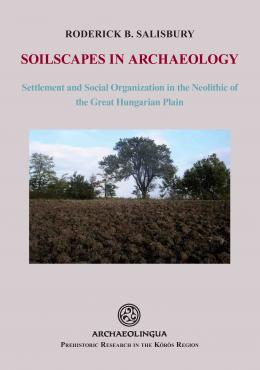Soilscapes in Archaeology

Soilscapes in Archaeology
| 13 686 Ft |
| Price |
Archaeolingua Series Maior 37
Budapest, Archaeolingua, 2016
Keménykötés | Hardback
329 oldal, színes és fekete-fehér illusztrációkkal | 329 pages with colored and grayscale images
ISBN 978 963 9911 79 6
Table of contents // Tartalomjegyzék
Description
The places around us are an integral part of our social life. Daily activities are associated with specific living and working areas, and these associations create patterns that reflect the way people behave within defined spaces. Cooking, storage, craftwork, waste disposal, and other daily tasks take place in culturally accepted spaces. These everyday activities leave chemical and geophysical traces in the soil, creating cultural soilscapes. In this book, the author uses the soilscapes from small Late Neolithic and Early Copper Age settlements in the Körös Region of the Great Hungarian Plain to explore the relationship between spatial distributions and community organization during the major social and economic transformations that occurred at the turn of the Neolithic and Copper Age. Focusing on soil, rather than on artifact distributions or architecture, reveals patterns of continuity in spatial organization at small settlements. This contrasts with the spatial organization at large, nucleated Late Neolithic settlements, which differs considerably. The proposed model of household clusters and activity zones provides a framework for understanding shifts in spatial structure as they relate to social organization, and will prove useful in other regions and periods of cultural transformation.
| |
|
|
1067 Budapest, Teréz krt. 13. |
|
|
|
|
About us
The Archaeolingua Foundation and Publisher is involved in publishing series and standalone publications in the disciplines of archaeology, linguistics, historic sciences and heritage protection for over 25 years.
Learn more
Publishing
We publish both as standalone editions and as a volume of a professional series.
Learn more
Contact us
Archaeolingua Foundation

